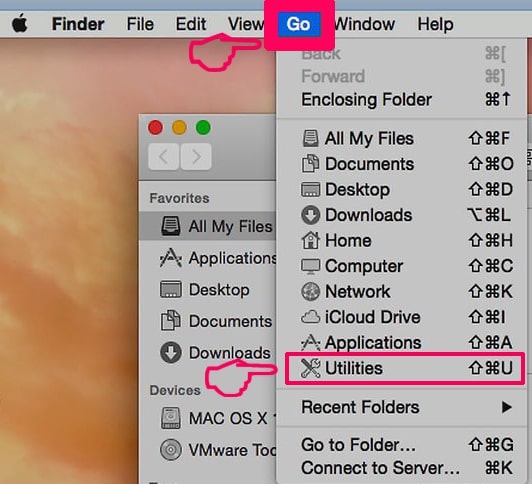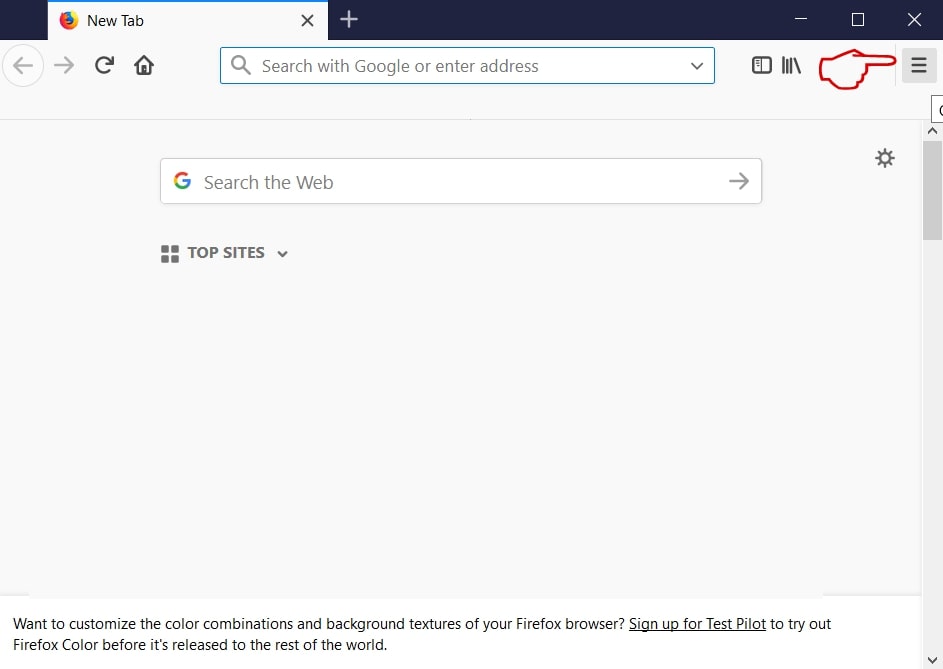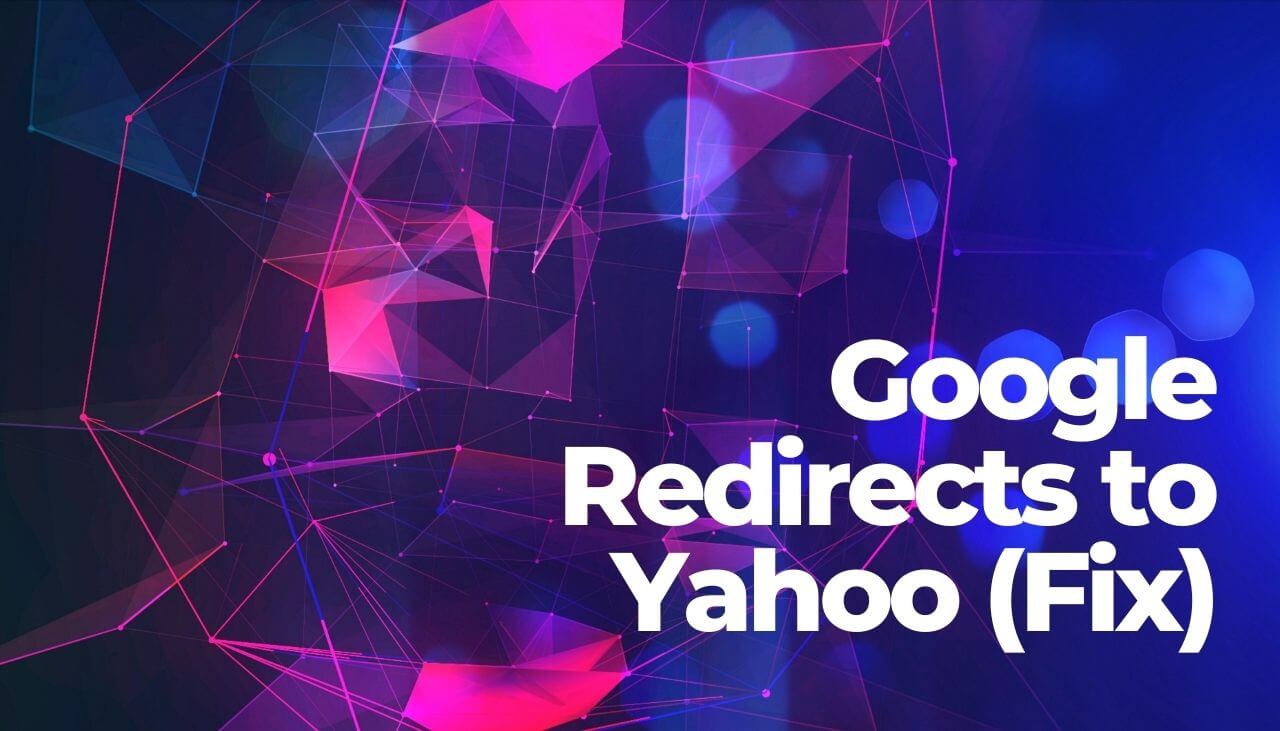What Is a Potentially Unwanted Program (PUP) on Mac?
A PUP, or Potentially Unwanted Program, also known as PUA (Potentially Unwanted Application), is software that poses as legitimate but, in reality, does nothing more than flood your computer with pesky pop-ups. The definition is the same on any operating system.
These pop-ups may attempt to coerce you into buying the program’s full version or download more adware. Some PUPs may also pretend to be legitimate browser extensions for Google Chrome, Mozilla Firefox, Safari, or other browsers.
Examples of PUP/adware families that have been targeting Mac users for years are AdLoad and Pirrit.

PUP on Mac Details
| Name | PUP on Mac |
| Type | PUP for Mac OS |
| Short Description | PUPs are those pesky programs that you do not remember installing. They are always accompanied by adware and other side pop-ups and notification. |
| Symptoms | Unwanted pop-ups and ads, browser redirects, possible installation of additional programs. |
| Removal Time | Up to 15 minutes (full-system scan) |
| Removal Tool |
See If Your System Has Been Affected by malware
Download
Combo Cleaner
|
PUP on Mac – How Did I Get It?
The primary method via which such software tends to be distributed is bundling. This means that you could encounter these programs in the installers of other free programs, where they could be advertised in one of the installation steps as “free extra” or “optional offer”. These programs often aim to be spread through websites where they are advertised as an antivirus or some other Mac optimizing tool. An example for a PUP is Mac Auto Fixer – an extremely annoying fake optimizer that may show hoax detection with the main purpose to get you to buy its licensed version to fix all the “errors” detected by it.

Such programs may also come as other forms of software on your Mac, like browser extension, toolbars. They often tend to pretend to be useful, when in fact they may change your browser home page to a third-party one, which only aims to slither you third-party ads and collect information from your Mac via cookies. Such cookies and tracking technologies may obtain the following data from your system:
- Your browsing history.
- Bookmarked sites.
- Sites you have mostly visited.
- Online search history.
- Online clicks.
What Does an Unwanted Program on Mac Do?
Potentially unwanted programs tend to collect various details from the operating system and browsers, using a number of trackers for data collection, such as:
- Cookies.
- Tags.
- Pixels.
- Geo-locators.
- LSOs.
These trackers can be used to obtain different information concerning your online browsing activities. Usually most of the applications mask this behind shady privacy policies, where they admit of using trackers but they have suspiciously written claims about how do you share this information. This may open up your Mac to a number of risks, like leaking your browsing details to third parties.
In addition, the ads that are displayed by such software can buzz a number of threads to your computer. These advertisements are often shown for profit and the creators of those applications do not care what type of sites they advertise on your Mac. This is why often PUP applications end up causing redirects to some very dangerous websites, like the following ones:
- Virus websites.
- Scams.
- Phishing.
- Fraud surveys.
- Fake tech support scams.
This data may be used to generate intrusive advertising campaigns. If an adware or a browser hijacker capability is present, this PUP may show the following advertised content on your Mac:
- Pop-ups.
- Browser redirects.
- Push notifications.
- Banners.
- Highlighted text ads.
- Ad-supported search results.
Since some of those ads could eventually lead you to potentially unwanted or virus websites, this makes this software indirectly harmful for your computer, and its removal is strongly advisable.
Is a Potentially Unwanted Program a Virus?
Generally, these types of programs are not considered to be a virus. A computer virus is the type of program that replicates itself upon execution by modifying other programs and inserting its own code. Once the replication happens, the affected areas become “infected” with the computer virus. An unwanted program does not have these properties. However, the program’s behavior is threatening to your online security and should be removed from your Mac.
Are PUPs Dangerous for My Mac?
Yes, an unwanted program exposes your Mac at risk, as it may push ads on your browser that lead to unsafe websites with no encryption (HTTPS) in place.
The most risky issue with this threat is that it could cause redirects to risky websites, including various fraudulent and scamming websites, and sites that may download malware onto your machine.
Remove / Uninstall a PUP from Your Mac
In order to remove a PUP from your Mac, we strongly recommend that you follow the removal steps underneath this article. They have been created with the main idea to help you detect and delete it either by yourself or via the recommended way by security professionals – by scanning your computer for malware. This can happen if you download and run a scan with a professional anti-malware software. Such program also has the capability of protecting your computer against future infections as well.
Steps to Prepare Before Removal:
Before starting to follow the steps below, be advised that you should first do the following preparations:
- Backup your files in case the worst happens.
- Make sure to have a device with these instructions on standy.
- Arm yourself with patience.
- 1. Scan for Mac Malware
- 2. Uninstall Risky Apps
- 3. Clean Your Browsers
Step 1: Scan for and remove PUP on Mac files from your Mac
When you are facing problems on your Mac as a result of unwanted scripts and programs such as PUP on Mac, the recommended way of eliminating the threat is by using an anti-malware program. SpyHunter for Mac offers advanced security features along with other modules that will improve your Mac’s security and protect it in the future.

Quick and Easy Mac Malware Video Removal Guide
Bonus Step: How to Make Your Mac Run Faster?
Mac machines maintain probably the fastest operating system out there. Still, Macs do become slow and sluggish sometimes. The video guide below examines all of the possible problems that may lead to your Mac being slower than usual as well as all of the steps that can help you to speed up your Mac.
Step 2: Uninstall PUP on Mac and remove related files and objects
1. Hit the ⇧+⌘+U keys to open Utilities. Another way is to click on “Go” and then click “Utilities”, like the image below shows:

2. Find Activity Monitor and double-click it:

3. In the Activity Monitor look for any suspicious processes, belonging or related to PUP on Mac:


4. Click on the "Go" button again, but this time select Applications. Another way is with the ⇧+⌘+A buttons.
5. In the Applications menu, look for any suspicious app or an app with a name, similar or identical to PUP on Mac. If you find it, right-click on the app and select “Move to Trash”.

6. Select Accounts, after which click on the Login Items preference. Your Mac will then show you a list of items that start automatically when you log in. Look for any suspicious apps identical or similar to PUP on Mac. Check the app you want to stop from running automatically and then select on the Minus (“-“) icon to hide it.
7. Remove any leftover files that might be related to this threat manually by following the sub-steps below:
- Go to Finder.
- In the search bar type the name of the app that you want to remove.
- Above the search bar change the two drop down menus to “System Files” and “Are Included” so that you can see all of the files associated with the application you want to remove. Bear in mind that some of the files may not be related to the app so be very careful which files you delete.
- If all of the files are related, hold the ⌘+A buttons to select them and then drive them to “Trash”.
In case you cannot remove PUP on Mac via Step 1 above:
In case you cannot find the virus files and objects in your Applications or other places we have shown above, you can manually look for them in the Libraries of your Mac. But before doing this, please read the disclaimer below:
1. Click on "Go" and Then "Go to Folder" as shown underneath:

2. Type in "/Library/LauchAgents/" and click Ok:

3. Delete all of the virus files that have similar or the same name as PUP on Mac. If you believe there is no such file, do not delete anything.

You can repeat the same procedure with the following other Library directories:
→ ~/Library/LaunchAgents
/Library/LaunchDaemons
Tip: ~ is there on purpose, because it leads to more LaunchAgents.
Step 3: Remove PUP on Mac – related extensions from Safari / Chrome / Firefox









PUP on Mac-FAQ
What is PUP on Mac on your Mac?
The PUP on Mac threat is probably a potentially unwanted app. There is also a chance it could be related to Mac malware. If so, such apps tend to slow your Mac down significantly and display advertisements. They could also use cookies and other trackers to obtain browsing information from the installed web browsers on your Mac.
Can Macs Get Viruses?
Yes. As much as any other device, Apple computers do get malware. Apple devices may not be a frequent target by malware authors, but rest assured that almost all of the Apple devices can become infected with a threat.
What Types of Mac Threats Are There?
According to most malware researchers and cyber-security experts, the types of threats that can currently infect your Mac can be rogue antivirus programs, adware or hijackers (PUPs), Trojan horses, ransomware and crypto-miner malware.
What To Do If I Have a Mac Virus, Like PUP on Mac?
Do not panic! You can easily get rid of most Mac threats by firstly isolating them and then removing them. One recommended way to do that is by using a reputable malware removal software that can take care of the removal automatically for you.
There are many Mac anti-malware apps out there that you can choose from. SpyHunter for Mac is one of the reccomended Mac anti-malware apps, that can scan for free and detect any viruses. This saves time for manual removal that you would otherwise have to do.
How to Secure My Data from PUP on Mac?
With few simple actions. First and foremost, it is imperative that you follow these steps:
Step 1: Find a safe computer and connect it to another network, not the one that your Mac was infected in.
Step 2: Change all of your passwords, starting from your e-mail passwords.
Step 3: Enable two-factor authentication for protection of your important accounts.
Step 4: Call your bank to change your credit card details (secret code, etc.) if you have saved your credit card for online shopping or have done online activiites with your card.
Step 5: Make sure to call your ISP (Internet provider or carrier) and ask them to change your IP address.
Step 6: Change your Wi-Fi password.
Step 7: (Optional): Make sure to scan all of the devices connected to your network for viruses and repeat these steps for them if they are affected.
Step 8: Install anti-malware software with real-time protection on every device you have.
Step 9: Try not to download software from sites you know nothing about and stay away from low-reputation websites in general.
If you follow these reccomendations, your network and Apple devices will become significantly more safe against any threats or information invasive software and be virus free and protected in the future too.
More tips you can find on our MacOS Virus section, where you can also ask any questions and comment about your Mac problems.
About the PUP on Mac Research
The content we publish on SensorsTechForum.com, this PUP on Mac how-to removal guide included, is the outcome of extensive research, hard work and our team’s devotion to help you remove the specific macOS issue.
How did we conduct the research on PUP on Mac?
Please note that our research is based on an independent investigation. We are in contact with independent security researchers, thanks to which we receive daily updates on the latest malware definitions, including the various types of Mac threats, especially adware and potentially unwanted apps (PUAs).
Furthermore, the research behind the PUP on Mac threat is backed with VirusTotal.
To better understand the threat posed by Mac malware, please refer to the following articles which provide knowledgeable details.













